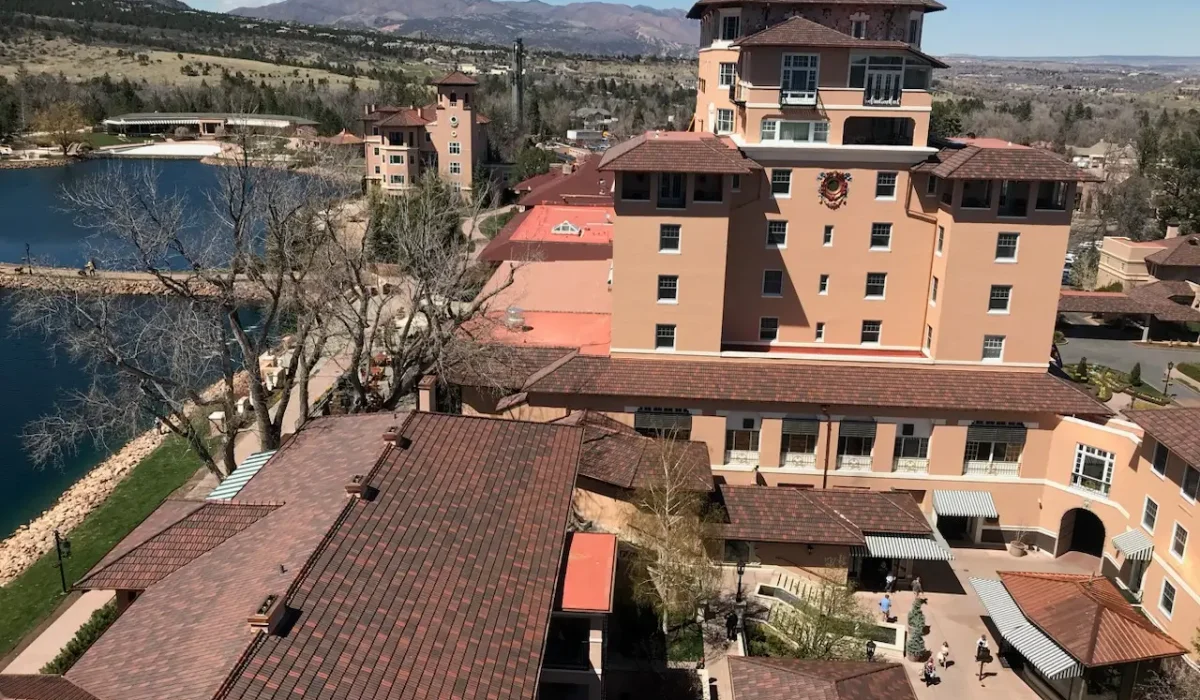Commercial roofing materials in the United States vary, with each having distinct features suited for different applications. If you’re considering your options, here’s a brief overview of some of the most common commercial roofing materials:
- Built-Up Roofing (BUR): BUR consists of multiple layers of bitumen and reinforcing fabrics, typically asphalt or coal tar. It is durable and provides excellent waterproofing.
- Single-Ply Membrane Roofing: Single-ply membranes like TPO (thermoplastic olefin), PVC (polyvinyl chloride), and EPDM (ethylene propylene diene monomer) are popular for their ease of installation and flexibility. They offer good UV resistance and are cost-effective.
- Metal Roofing: Metal roofing, often made of steel, aluminum, or copper, is valued for its durability, longevity, and resistance to harsh weather conditions. It can be standing seam, corrugated, or metal shingles.
- Modified Bitumen: Modified bitumen roofing is an evolution of BUR, incorporating polymer modifiers for added flexibility and strength. It is commonly installed using torch-applied, cold-applied, or self-adhesive methods.
- Spray Polyurethane Foam (SPF): SPF is a seamless roofing solution that provides excellent insulation. It is sprayed onto the roof and forms a continuous, protective barrier. SPF roofs are energy-efficient and durable.
- Asphalt Shingles: While more commonly used in residential construction, asphalt shingles are also utilized in commercial roofing for pitched roofs or specific applications. They are cost-effective and come in various styles.
- Green Roofing: Green roofing involves living vegetation on the roof surface, providing insulation, reducing stormwater runoff, and promoting environmental sustainability. It can be intensive (with a thicker growing medium) or extensive (lighter with drought-tolerant plants).
- Concrete Tiles: Concrete tiles are durable and fire-resistant. While heavier than other materials, they provide an aesthetically pleasing and long-lasting option for commercial roofing.
- Clay Tiles: Clay tiles offer a distinctive look and excellent durability. They are resistant to fire, insects, and rot, making them a popular choice for certain architectural styles.
- Composite Roofing: Composite roofing materials, such as synthetic slate or shake, combine various elements to mimic the appearance of traditional materials while offering enhanced durability and performance.
Selecting the appropriate commercial roofing material depends on factors like climate, budget, building structure, and specific project requirements. Consulting with a roofing professional like Premier Restoration and Construction is crucial to make informed decisions tailored to the unique needs of each commercial property.


